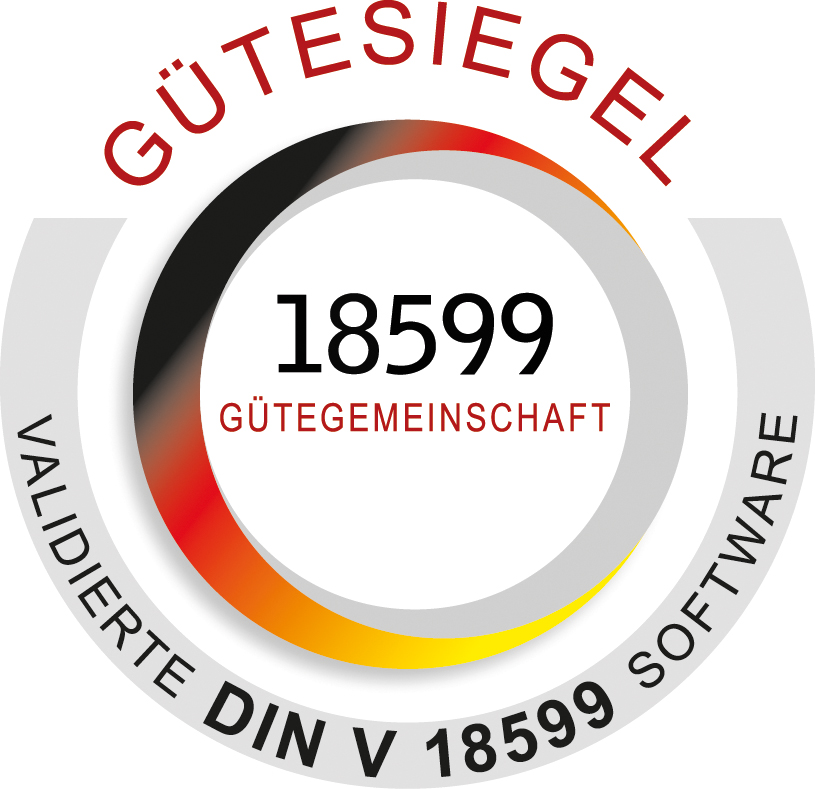Compact and validated computing power according to DIN V 18599
DIN V 18599 sets new standards for verification and evaluation procedures not only with regard to modeling complexity but also with regard to software implementation requirements.
Fraunhofer IBP has developed a calculation core for firms providing DIN V 18599 application software. The aim is to give licensees the time and economic resources they need to model data and implement the necessary algorithms for DIN V 18599.
The calculation core, which includes a detailed interface specification, enables complete building models to be parameterized and calculated according to DIN V 18599. In addition, the reference building procedure can be applied automatically. Various additional modules supplement these functions. Advantages for partners include:
- Focus on the development of graphical user interfaces
- Use of the calculation core’s stringent logic to design interfaces
- Simple building parameterization through a manageable data model
The introduction to programming is facilitated by comprehensive internal documents and a detailed user manual containing numerous examples. There are hardly any technical restrictions:
- Thanks to the modern software architecture, the calculation core can be integrated into all common development environments.
- It provides a fully object-oriented building model and an extensive hierarchical result structure which makes it easy to generate output data.
- The calculation core is scalable and can be used for both desktop and web applications.
- The scope of implementation is freely selectable, enabling surface concepts to grow over time.
Disclosure of the source code makes calculations fully transparent for people developing end applications. The core is validated and validation results are disclosed to partners, meaning that application programs can also be validated. A direct comparison with the list from the Institute for Applied Computer Science in Civil Engineering (IAIB) documents the comprehensive and correct implementation.
In addition, Fraunhofer IBP will continue to update the computing core and adapt it to changes in standards.

